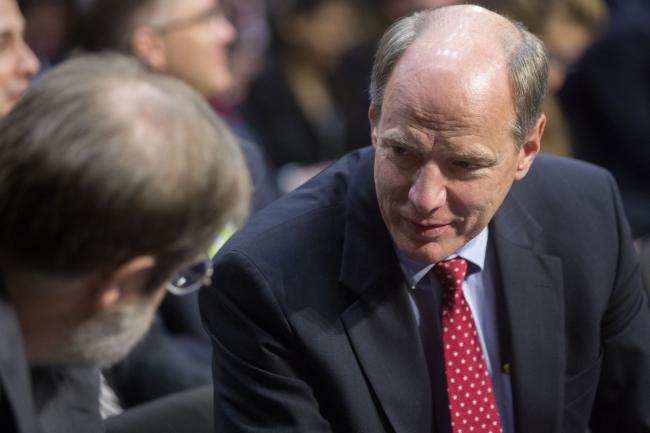 © Bloomberg. David Wilcox Photographer: Andrew Harrer/Bloomberg
© Bloomberg. David Wilcox Photographer: Andrew Harrer/BloombergDavid Wilcox, the Federal Reserve division director who guided three chairs on the outlook for the U.S. economy, will retire at year end, the central bank’s Board of Governors said on Monday.
As director of the Division of Research and Statistics in Washington since July 2011, Wilcox, 59, served under chairs Ben Bernanke, Janet Yellen and Jerome Powell. A search for his successor will begin later this year.
Wilcox’s exit gives Powell another opportunity to shape how he gets advice from senior advisers. Traditionally, division directors in Washington have had strict control over the flow of information to governors. That began to break down over the past several years as governors sought out their own staff advisers. Also, at the start of his chairmanship, Powell made it clear internally that he wanted more informal interaction with the Fed staff.
“David’s depth of expertise and wise counsel have helped guide the Federal Reserve through a time of unprecedented challenges,” Powell said in a statement. “We will miss his prowess as an economist.”
Wilcox, who has a Ph.D. in economics from the Massachusetts Institute of Technology, oversees 350 employees, many of whom work on the Fed staff forecast presented to policy makers every six weeks in a document known as the Teal Book. The process is labor intensive with economists combing through economic indicators to try and give officials the best read on how growth or a recession would unfold in the weeks ahead.
The job is especially critical — and difficult — at turning points because government reports lag the economy. Partially to overcome that difficulty, Wilcox encouraged his staff to look at alternative data sets from private-sector sources and develop real-time indicators to supplement government reports.
Fusion Media or anyone involved with Fusion Media will not accept any liability for loss or damage as a result of reliance on the information including data, quotes, charts and buy/sell signals contained within this website. Please be fully informed regarding the risks and costs associated with trading the financial markets, it is one of the riskiest investment forms possible.
Source: Investing.com


























